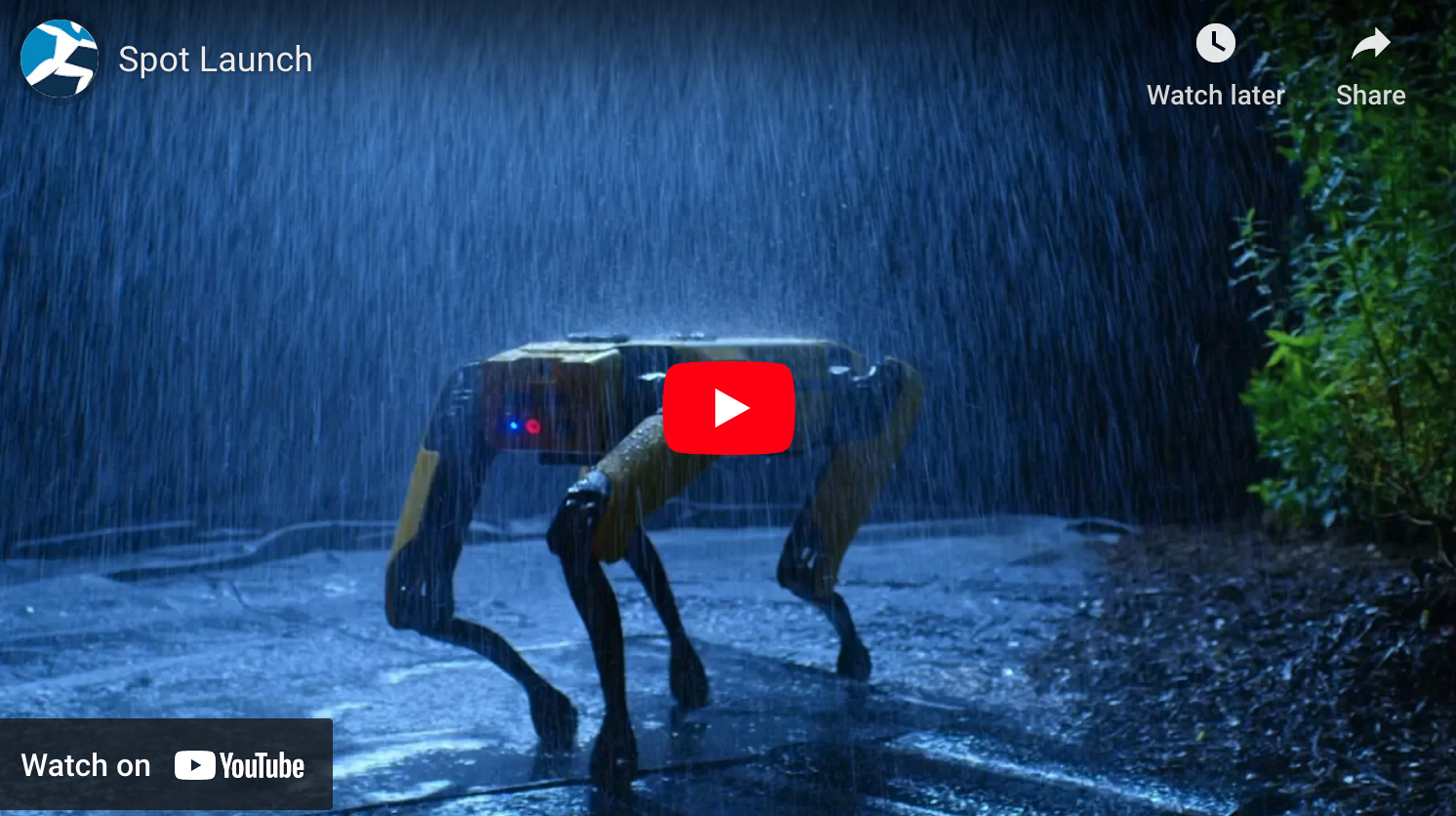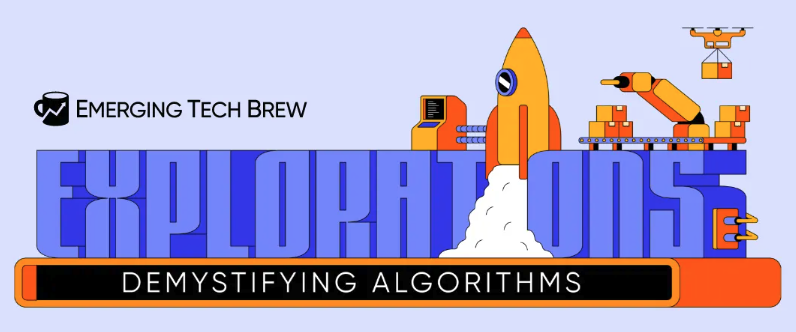My first scare of the machine came when I was still very young and my parents told me that the washing machine upstairs was really something like a robot. My fantasy took me to very scary places indeed!
Robots have been around us for many years, the concept dating back from as early as ancient history. In the industrial revolution and electricity shaped our current view of robots. With modern computing power, better batteries and fine mechanics, a new era has started.
Good robot
A lot of the human work of the start of the industrial area has been taken over by industrial automation and robotics. That is a good thing, as most of this work was not suitable for humans to begin with. Repetitive work, working in dangerous environments, working long hours, heavy lifting, it is now done in better ways using machines.
The level of flexibility and autonomy has increased enormously. Robots can walk and fly around us apparently with almost no problem. Spot of Boston Dynamics is a good example of that. You can mount special devices on top of it and it will go where you instruct it to go.
Spot by Boston Dynamics
As the video shows, Spot is instructed with a high-level command: spot.go(). Drones are another example of robots, where our commands become more high level and abstract and the drone can find its way, do its tasks and return to base.
Bad robot?
This means that we have programmed the high-level task (the ‘what’) and programmed the lower-level algorithms (the ‘how’). What is missing is the ‘why’ and morality. I find it scary that morality is not an integrated and controlling part of the ‘how’ and of accepting the ‘what’. At the same time, I also do not have a solution now. We need to work on this, not just the technicians, but all of us.
For many events, most really, autonomous machines and algorithms do not invoke moral decisions. Tesla cars are generally as safe or safer than human-operated cars. When thinking about extreme situations however, there are a few dilemmas, where we would like to know what the car will do, where we ourselves do not even know what to do. MIT has a whole website for these dilemmas called the MIT Moral Machine. In many cases, different people will make different decisions, so what do we expect from an autonomous machine like a self-driving car?
Moral Machines: How culture changes values
Autonomous machines and autonomous software
Having touched on the most difficult part of autonomous machines, there is enormous potential in using these machines already. I would also like to put software (programs) in scope, from artificial intelligence (AI) to rule-based software. These surpass the number of machines in magnitude and are capable of helping us with mundane, time-critical and time-consuming tasks already.
The astounding athletic power of quadcopters | Raffaello D’Andrea
The digital twin and the autonomous machine
Combining autonomous machines and programs, we will be capable of combining the real world with its digital twin. I will write more on digital twins in another blog post.
Further reading:



